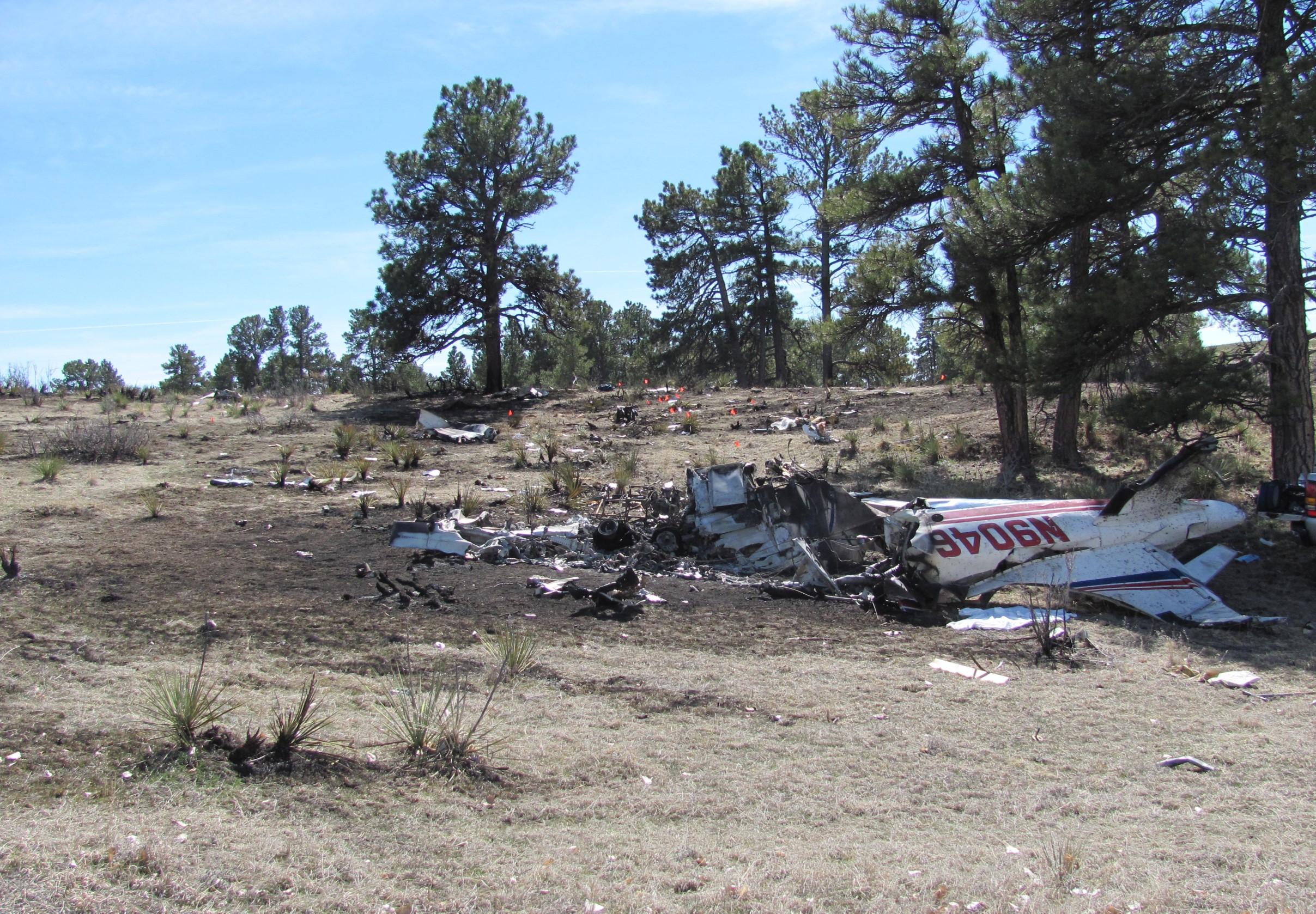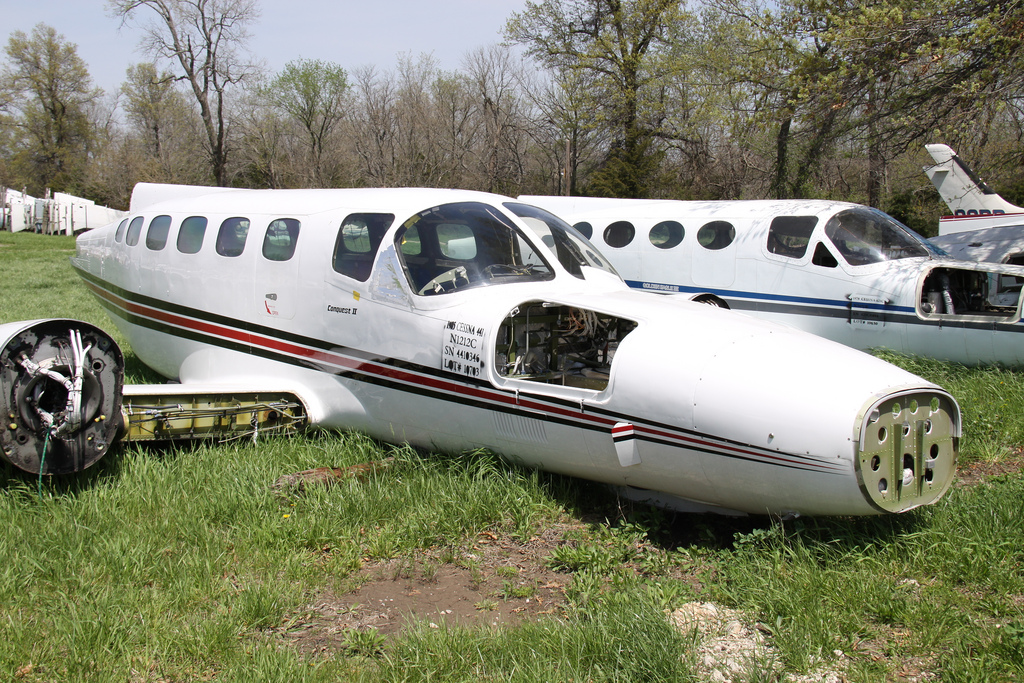Crash of a Piper PA-61 Aerostar (Ted Smith 601) in Aurora: 1 killed
Date & Time:
Mar 19, 2014 at 1650 LT
Registration:
N90464
Survivors:
No
Schedule:
Aurora - Aurora
MSN:
61-0261-051
YOM:
1976
Crew on board:
1
Crew fatalities:
Pax on board:
0
Pax fatalities:
Other fatalities:
Total fatalities:
1
Aircraft flight hours:
1975
Circumstances:
The pilot's friend reported that the pilot planned to fly his recently purchased twin-engine airplane over his friend's home to show it to him and another friend. The pilot's friends and several other witnesses reported observing the pilot performing low-level, high-speed aerobatic maneuvers before the airplane collided with trees and then terrain. A 1.75-liter bottle of whiskey was found in the airplane wreckage. A review of the pilot's Federal Aviation Administration medical records revealed that he had a history of alcohol dependence but had reportedly been sober for almost 4 years. Toxicological testing revealed that the pilot had a blood alcohol content of 0.252 milligrams of alcohol per deciliter of blood, which was over six times the limit (0.040) Federal Aviation Regulations allowed for pilots operating an aircraft.
Probable cause:
The pilot's operation of the airplane while intoxicated, which resulted in a loss of airplane control.
Final Report:




